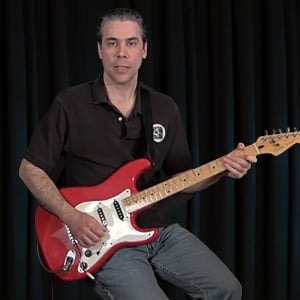You Have Reached A Full Access Section
Get full access
Simple Chords Group 2: Intro To A Minor & E Major
Description
This tutorial introduces simplified versions of A, E and C chords at a beginner level.
Lesson Info

Instructor
Christopher Schlegel
- Styles:
- Any Style
- Difficulty:
-
- Files
- Videos / Score
- Published